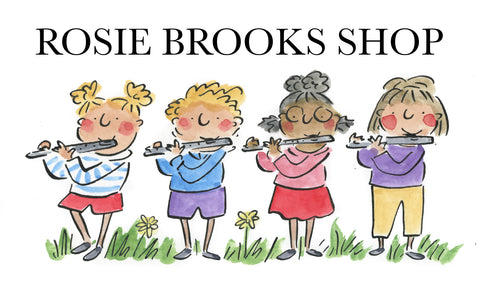Bee original pen and ink and watercolour illustration by Rosie Brooks
Bee original pen and ink and watercolour illustration by Rosie Brooks
Couldn't load pickup availability
Bees are flying insects that are known for their role in pollination and honey production. They belong to the order Hymenoptera and the superfamily Apoidea. Bees are closely related to wasps and ants, and they play a vital ecological role in the process of pollination, which is essential for the reproduction of flowering plants.
Here are some key points about bees:
-
Social structure: Bees are social insects that live in colonies or hives. Each colony typically consists of a queen bee, male drones, and numerous female worker bees. Worker bees perform various tasks such as foraging for nectar and pollen, constructing and maintaining the hive, and caring for the brood.
-
Pollination: Bees are important pollinators in ecosystems. As bees visit flowers to collect nectar and pollen, they inadvertently transfer pollen grains from the male reproductive organs (anthers) to the female reproductive organs (stigma) of flowers, facilitating fertilization and subsequent seed and fruit production.
-
Honey production: Bees produce honey as a food source for the colony. They collect nectar from flowers and store it in the hive. Through a process of regurgitation and evaporation, bees transform the nectar into honey, which serves as their primary energy source. Honey is also harvested by humans for consumption.
-
Beekeeping: Beekeeping, also known as apiculture, is the practice of maintaining honeybee colonies in hives for the purpose of honey production, pollination services, or both. Beekeepers provide suitable housing, care for the bees, and manage the honey extraction process.
-
Threats and conservation: Bees face various threats, including habitat loss, pesticide exposure, climate change, and diseases. These factors have led to declining bee populations worldwide, posing risks to agricultural systems and ecosystem stability. Efforts are being made to promote bee conservation through the preservation of habitats, reduction of pesticide use, and raising awareness about the importance of bees.
-
Types of bees: There are thousands of bee species, but some of the most commonly known include honeybees (Apis spp.), bumblebees (Bombus spp.), and solitary bees such as mason bees and carpenter bees. Each species has unique characteristics, behaviors, and ecological roles.
Bees are remarkable creatures that contribute significantly to the natural world and human society. Their pollination services support food production and maintain biodiversity, while their honey production has been valued by humans for centuries. It's important to protect and conserve bee populations to ensure the sustainability of ecosystems and the availability of important agricultural resources


